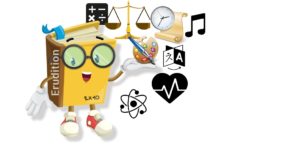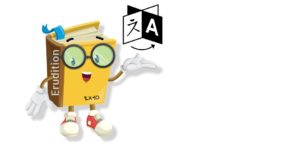Fat

 Add to favorites tutorial
Add to favorites tutorial- Intro
- Obesity
- Types of Fat
- Trans Fat
- Saturated Fat
- Locations of Fat
- Process of Hydrogenation
- Terms & Summary
What causes humans to be fat?
If you said, fat, you have the wrong answer.
Sugar can turn into fat
Eating fat doesn’t make you fat: Watch Video to Understand why
Sugar Leads to Obesity because of Blood Sugar
Obesity
https://www.brainpop.com/health/diseasesinjuriesandconditions/obesity/
Trans fat=Unsaturated fat = Hydrogenated Oil
Trans fat is so bad, FDA (Food and Drug Administration) wants to Ban it in the USA
Assignment:
Read Nutrition Labels
Find Foods with Trans fat in them. Read the ingredients even if the label says zero trans fat. Look for hydrogenated oils. If you do not have any foods with trans fat in your house, your parents are doing a great job. Search online or go to your local grocery store to complete this assignment.
List 5 Foods:
- Name of Food
- Amount of Trans fat per serving
- Ingredient that is trans fat
What is the nutritional value of Trans Fat?
What Does Trans Fat Do to Your Body?
Why Does the FDA want to Ban Trans Fat in Foods?
Why Do some Food Companies put Hydrogenated oils in foods? What does it do for food?
Read About Saturated Fat
EDUCATION PORTAL:
[roboshot url=”http://education-portal.com/academy/lesson/what-are-saturated-fats-definition-types-function-examples.html#lesson” width=”250″ newpage=”TRUE” link=”TRUE” refrEesh=”TRUE”]
Bite Size
Read and Take the Bit Size Online Quiz
[roboshot url=”http://www.bbc.co.uk/schools/gcsebitesize/science/aqa/plantoilsanduses/vegoilsrev1.shtml” width=”250″ newpage=”TRUE” link=”TRUE” refresh=”TRUE”]
http://www.bbc.co.uk/schools/gcsebitesize/science/aqa/plantoilsanduses/vegoilsrev1.shtml
Assignment: Draw the Molecule of a Vegetable Oil (visit above website to see a vegetable molecule)
Assignment: Watch Video & Take the Quiz
http://www.bbc.co.uk/schools/gcsebitesize/science/aqa/plantoilsanduses/vegoilsact.shtml
Assignment: Test
http://www.bbc.co.uk/bitesize/quiz/q35325312
Learn about Emulsion
What is Hydrogenated Oil?
Study the Terms & Facts for Test
TERMS
Hydrogenation
A chemical process in which hydrogen is added to the double bonds of unsaturated fats, usually vegetable oils, to create a solid fat.
Partially Hydrogenated
A partial chemical process in which hydrogen is added to the double bonds of unsaturated fats, usually vegetable oils, to create a solid fat.
Polyunsaturated Fat:
fat lipids in which the constituent hydrocarbon chain possesses two or more carbon–carbon double bonds. Found in nuts, seeds, fish, algae, leafy greens, and krill.
Emulsion
is a mixture of two liquids that wouldn’t ordinarily mix, as vinegar and water
Emulsifier
consists of a water-loving hydrophilic head and an oil-loving hydrophobic tail
Immiscible
incapable of mixing or attaining homogeneity
Stabilize
make or become unlikely to change, fail, or decline.
Lecithin
refers to a mixture of phospholipids and oil
SUMMARY of FACTS
- Vegetable oils are natural oils found in seeds, nuts and some fruit.
- Molecules of vegetable oils consist of glycerol and fatty acids.
- Vegetable oils have higher boiling points than water. This means that foods can be cooked or fried at higher temperatures than they can be cooked or boiled in water.
- Examples of Emulsion: Margarine, Ice Cream, Lotion,
- Examples of Emulsifiers: Lecithin, Mustard & Egg
- Polyunsaturated Fats are Liquid at room Temperature
- Hydrogenation causes fat (oil) to harden
- Hydrogenated fats have a higher melting point, as a result, they are usually solid at room temperature
- 60°C and a nickel catalyst is needed for hydrogenation
- Margarine is an emulsion partial hydrogenated vegetable oil and salty water
- Unsaturated fat tend to be liquid at room temperature
- Saturated fat tends to be solid at room temperature
- Saturated fats and trans fats tend to raise “bad” (LDL) cholesterol levels in the blood.







